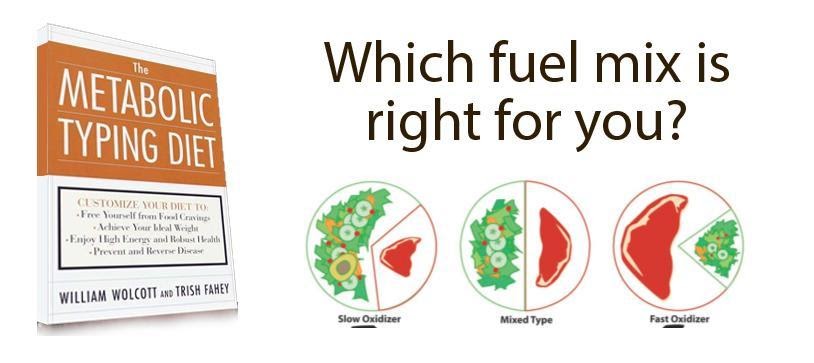
Area of expertise
METABOLIC TYPING TEST
What is a metabolic typing test?
The Metabolic Typing Diet Test is based on the assumption that metabolism is inherited through our genes from our ancestors. Metabolism is a term that is used to describe all chemical reactions involved in maintaining the living state of the cells and is unique to each human being.
Proponents of the Metabolic Typing Diet suggest that people can be divided into three different metabolic types and each group should consume food that is appropriate for each type.
Each person processes and utilises food and nutrients differently. We cannot all eat the same kind of food. Consequently, the consumption of particular kinds of food depends on our metabolic type, according to the research findings of Bill Wolcott (1999).
William Wolcott, a pioneer in the field of metabolic research, has developed a revolutionary weight-loss program that allows you to identify your “metabolic type” and create a diet that suits your individual nutritional needs.
What are the three types of Metabolic types?
- PROTEIN TYPE
- CARBOHYDRATE TYPE
- MIXED TYPE
Protein types: Protein types are fast oxidizers or parasympathetic dominant. They tend to be frequently hungry, crave fatty, salty foods, fail with low calorie diets and tend towards fatigue, anxiety, and nervousness.
Protein types requires a diet that is rich in oils and high purine proteins such as organic meats, beef and seafood including salmon, tuna, herring and mussels. Protein types can also eat fats such as eggs, whole milk, creams and organic cheese.
Carbohydrate intake should be low with a focus on complex carbohydrates (whole grains, vegetables) over simplex ones (sugary, starchy foods).
These types should aim for a macronutrient balance of 40% protein, 30% fats and 30% carbohydrates at each meal.
Carbo types: Carbo types are slow oxidizers or sympathetic dominant. They generally have relatively weak appetites, a high tolerance for sweets, problems with weight management, and “type A” personalities. They are often dependent on caffeine.
These types need a diet that is high in carbohydrates and low in protein, fats and oils. They should eat low purine proteins such as turkey, chicken, fish like haddock, perch, sole and flounder.
Carbohydrate types should stick with low fat dairy products and eat lots of vegetables, fruits and whole grains. They need to avoid the refined carbohydrates. Their ideal macronutrient balance is 60% carbs and about 20% of both fats and protein.
Mixed types: Mixed types are neither fast nor slow oxidizers and are neither parasympathetic or sympathetic dominant. They generally have average appetites, cravings for sweets and starchy foods, relatively little trouble with weight control, and tend towards fatigue, anxiety, and nervousness.
Mixed types should eat a mixed diet, one that is a mixture of high-fat, high-purine proteins and low-fat, low-purine proteins such as eggs, yogurt, tofu and nuts. This type requires relatively equal ratios of proteins, fats, and carbohydrates.
Other services
What I provide
I evaluate individual needs and I use the principles of naturopathy and the science of nutrition to develop a personal plan for each client in order to improve his or her health.

IRIS ANALYSIS
The science of Iridology adds a very significant analysis in the general constitution of the human body and is now currently practiced as a healing and preventative health care modality in many countries throughout the world.

NUTRITION CONSULTATION
A nutrition consultation is a session during which the practitioner takes the time to listen carefully and understand what your presenting health problems and symptoms are. It includes an exploration of one’s health problems and the creation of a plan based on individual nutritional needs.

TANITA DC-360 S
The DC-360 S is a bio-impedancemetry body composition analyser which gets full body composition analysis in 15 seconds. It shows total body water, visceral fat rating, basal metabolic rate, body mass index (BMI), body fat, muscle mass and Basal metabolic rate (BMR).



